PDF Attached
Calls:
Soybeans
steady to 5 lower on follow through selling from Argentina producer selling
Meal
steady to $1.00 lower
Oil
steady to 40 points lower
Corn
steady to 2 lower
Wheat
steady to 3 lower

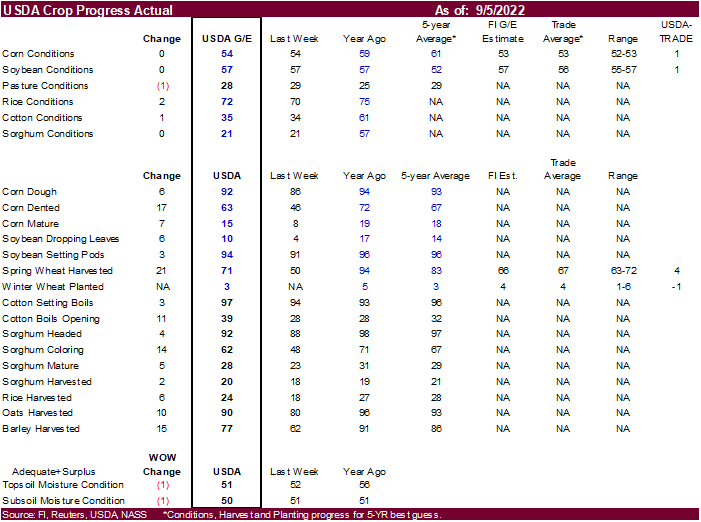
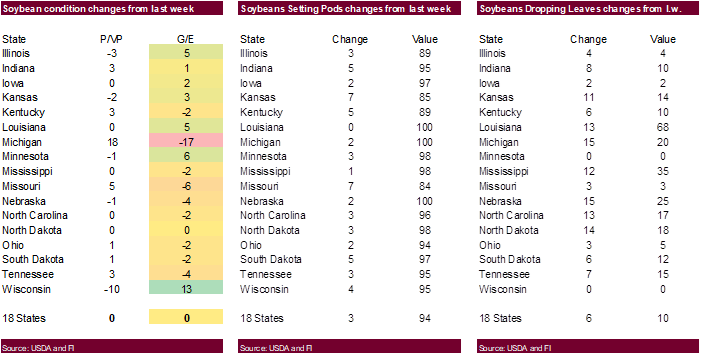
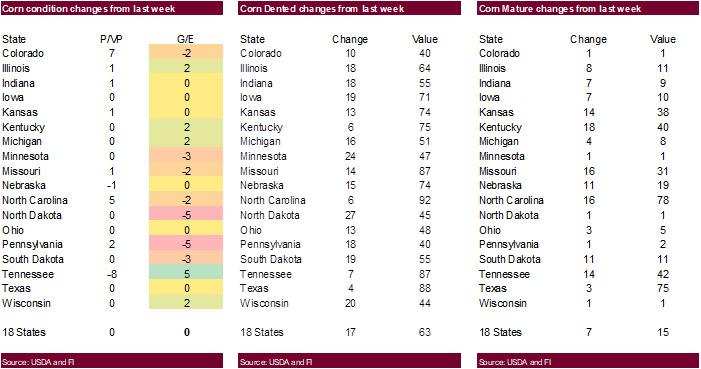
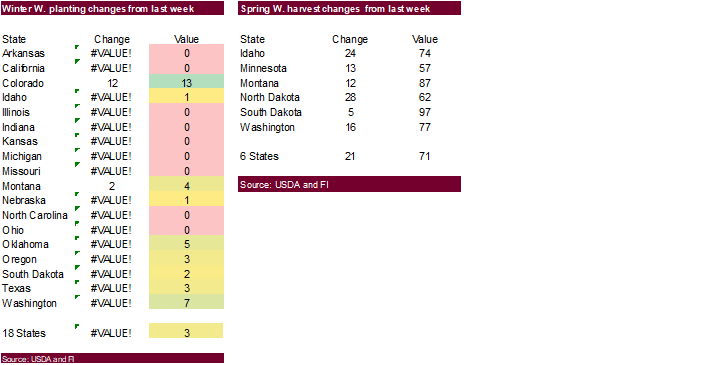
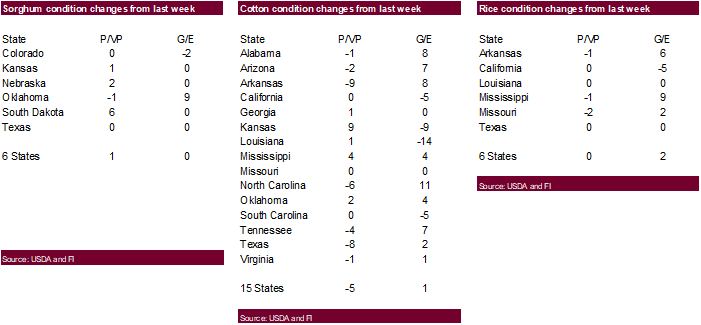
Look
for light precipitation, if any, to develop across the northern Great Plains and some of the west central areas through Saturday. This week rains are forecast drier in the northwest. SD, NE into KS. IA will see rain. Precipitation will also fall across other
parts of the northern Corn Belt. The US southeast areas will see rain, slowing harvest progress and drying rates for corn. Europe will see additional rain this week bias western growing areas, Poland and Romania.
